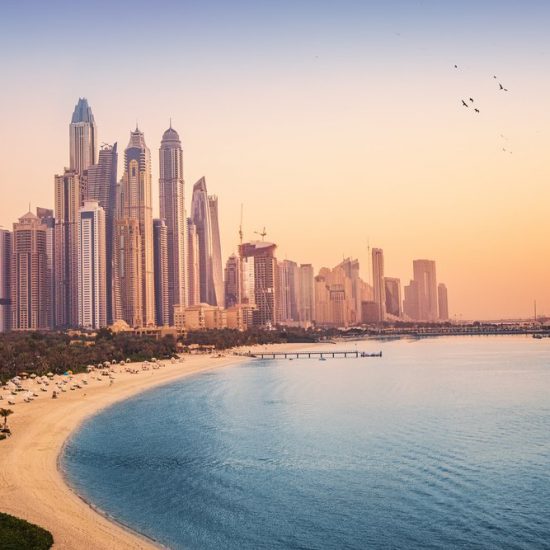The Middle East and North Africa (MENA) region is undergoing a significant transformation in its energy sector, with renewable energy sources like solar and wind experiencing a surge in growth, according to the International Energy Agency (IEA).
This shift is driven by a combination of factors, including falling renewable energy costs, a growing focus on environmental sustainability, and the need for more resilient energy infrastructure. The MENA region boasts vast potential for solar and wind power generation due to its abundant sunshine and strong winds.
The IEA report highlights the ambitious goals set by several MENA countries. The region aims to collectively increase its renewable energy capacity from under 50 gigawatts (GW) in 2022 to a staggering 200 GW by 2030. This represents a quadrupling of renewable energy capacity in just eight years.
Leading the charge are four countries:Saudi Arabia, Egypt, Algeria, and Israel. Saudi Arabia, a major oil producer, is looking to diversify its energy mix and has set a target of reaching 59 GW of renewable energy capacity by 2030. This ambitious goal reflects the kingdom’s recognition of the need to move towards a more sustainable energy future.
Egypt, another key player in the region, is also making significant strides in renewable energy development. The country has launched several large-scale solar power projects in recent years and is actively seeking to attract further investment in the sector.
The report attributes the global surge in renewable energy adoption to the sharp decline in costs over the past decade. Solar and wind power are now becoming increasingly cost-competitive with traditional fossil fuels, making them a more attractive option for governments and investors alike.
Furthermore, the increasing focus on environmental sustainability is driving the shift towards renewables. The MENA region, like many other parts of the world, is facing the challenges of climate change. Renewable energy offers a cleaner and more sustainable alternative to fossil fuels, helping to reduce greenhouse gas emissions and mitigate the effects of climate change.
The development of a robust renewable energy sector can also contribute to building more resilient energy infrastructure in the MENA region. Many countries in the region are heavily reliant on fossil fuels for their electricity generation, making them vulnerable to fluctuations in global energy prices. By diversifying their energy mix with renewables, these countries can ensure a more secure and stable energy supply for their growing populations.
The IEA’s report paints a promising picture for the future of renewable energy in the MENA region. With ambitious goals, favorable economics, and a growing focus on sustainability, the region is poised to witness a significant expansion of its solar and wind power capacity in the coming years. This shift has the potential to transform the energy landscape of the Middle East and North Africa, paving the way for a more sustainable and secure energy future.
____________________________________
This article first appeared on Greenlogue and is brought to you by Hyphen Digital Network







